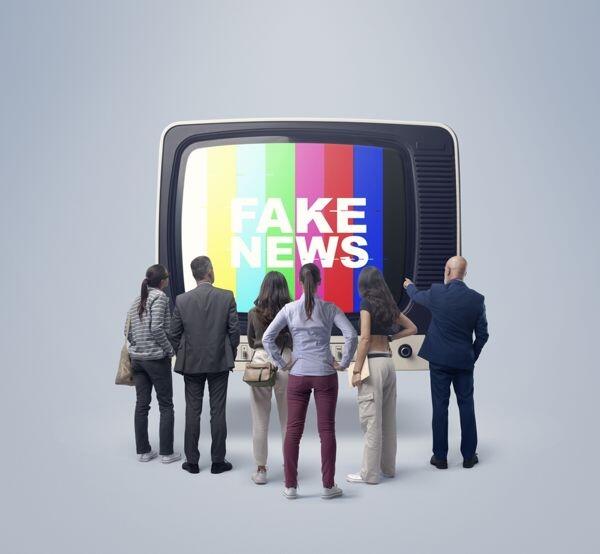How much free money can you create without conseqences?
We will soon know but before that we can already make educated guesses.
Since we are in a more or less permanent recession with high unemployment, central banks are making a bet that inflation will only be transitory. They may be right as far as demand is concerned but this balance does not apply to those assets they do not control, especially resources.
By the end of the year, oil will be back above 100 dollars per barrel, which is the level at which stage the economy stutter.
But by then the developed world will be again under lockdown. Delta, epsilon or whatever the version, it won t matter much. The virus, not the monetary authorities will be responsible...
They ve already thought about everything...
But have they?
Authored by Bill Bonner viaRogueEconomics.com,
Yes, it’s the age of miracles. The Bubble Epoch. The silly season.
Yes, it’s the age of miracles. The Bubble Epoch. The silly season.
And it just gets sillier and sillier.
Christine Lagarde, who holds the top spot at the European Central Bank (ECB), announced that she’s going to continue pumping up the money supply by 17 billion euros per week.
She says it is going to add 1.8% to Europe’s growth over the next two years. That is, somehow the fake money will be magically transformed into real wealth.
How does she know that?
Strange Voodoo
Oh, Dear Reader, is that a serious question? Of course, she has no idea…
And by the way, if her €17 billion per week would add precisely 1.8% to the economy, why not print €18 billion and get 1.9%, we wonder? Or €100 billion?
Apparently, none of the journalists who cover the ECB thought to ask… So we’ll just have to go on wondering.
What strange voodoo is this… that 17 billion per week is the exact number of euros needed to raise GDP by 1.8%?
A Good Deal
Meanwhile, her co-delusional over in the U.S., Federal Reserve chief Jerome Powell, says he’s going to continue the money-printing, too – at the rate of $30 billion per week.
His aim is to hit 2% inflation – not 2.1%, not 1.9% – which he’s convinced is some sort of sacred number guaranteeing uninterrupted growth and full employment.
What it actually guarantees is higher prices, as we see in the asset markets. The S&P 500 just hit another new all-time high. As did house prices.
The Fed is buying $40 billion worth of mortgage bonds each month, driving down mortgage rates to the point where you can get a 15-year mortgage at a negative rate.
That is, your mortgage interest will be less than the going rate of consumer price inflation.
A good deal? Apparently.
And it’s likely to be a better deal if tomorrow’s inflation makes today’s mortgage rates even more negative.
Housing Market Update
Capitalism never strikes out completely. It just swings at whatever wacko spit-balls the authorities send its way.
Here’s an update from yesterday’s Stansberry’s Morning Market Update:
According to the Census Bureau, sales of newly constructed homes fell 5.9% from the month prior to an annualized rate of 769,000. That was below Wall Street’s estimate of 817,000. It also marked the third decline in the last four months.
Existing home sales saw a similar story. The National Association of Realtors reported a 0.9% drop from 5.85 million sold in April to 5.8 million in May. However, that exceeded analysts’ expectation for 5.73 million existing home sales.
Yet, according to the Census Bureau, prices are up 23.6% on a year-over-year basis. The figures hit a record-average price of $350,300 in May.
Let’s see… Fewer houses for sale. Higher prices. Inflation!
Swing for the Fences
But the wilder the pitches… the wilder the swings… and the more foul balls.
Facebook – a timewaster! – was worth more than $1 trillion dollars yesterday. Tesla, a company that loses more than $1,000 on every car it makes, was not far behind, at $650 billions
An investor gives a SPAC (special-purpose acquisition company) his money. The SPAC looks for something to buy.
The targets are coy. They know the score. There are no “walks” in the SPAC game. If the SPAC makes no purchase within two years, it must give the money back to the investors. And then, the SPACsters lose money.
If they make a purchase, on the other hand, even if it is a bad one, they get 20% of the deal, just for putting it together.
Won’t they swing at almost anything?
Zombie Companies
Meanwhile, a serious investor can only laugh. He needs facts… figures… profits!
If he is buying a soap company, for example, he might reasonably enquire as to how many bars of soap the company sold last year… and at what profit margin.
But even asking the questions puts him out-of-step with the whole team of uncoordinated lunatics who make up today’s financial world.
Profits? Airbnb, Dropbox, Casper, Blue Apron, Lime, Lyft, Peloton, Pinterest, Slack, Snap, Uber, WeWork, Wayfair, Zillow – none of them are profitable.
And here’s the latest from Bloomberg:
Since the end of March, almost 100 unprofitable U.S. companies, including GameStop Corp. and AMC Entertainment Holdings Inc., have raised money through secondary offerings, twice as many as coming from profitable firms, according to data compiled by Bloomberg. …
During the past 12 months, almost 750 money-losing firms have sold shares in the secondary market, exceeding those that make profits by the biggest margin since at least 1982, data compiled by Sundial Capital Research show.
$3 Billion Home Run
But at least there are a couple of capitalists who hit a home run, with $3 billion in fees coming their way from the most reliable payer in the world, the U.S. government.
What’s their secret? Simple. They set up websites and ran ads to offer free money. No kidding.
One ad on Facebook: “Literally free money for those who qualify.”
Who qualified? Almost everyone.
Another ad you might have seen on billboards or buses spelled it out: “Get up to $50,000 in PPP. Apply now.”
The two small companies partnered with banks to hand out Paycheck Protection Program cash.
Everybody involved made money. The banks made the loans (guaranteed by the feds). The loan recipients got the money and, generally, didn’t have to pay it back.
But nobody made more than these two companies, Blueacorn and Womply. According to an analysis by The New York Times, they have $3 billion to split between them.
But wait. Whose money are they divvying up?
Oh, Dear Reader, don’t ask such silly questions.
Just enjoy the game.



No comments:
Post a Comment